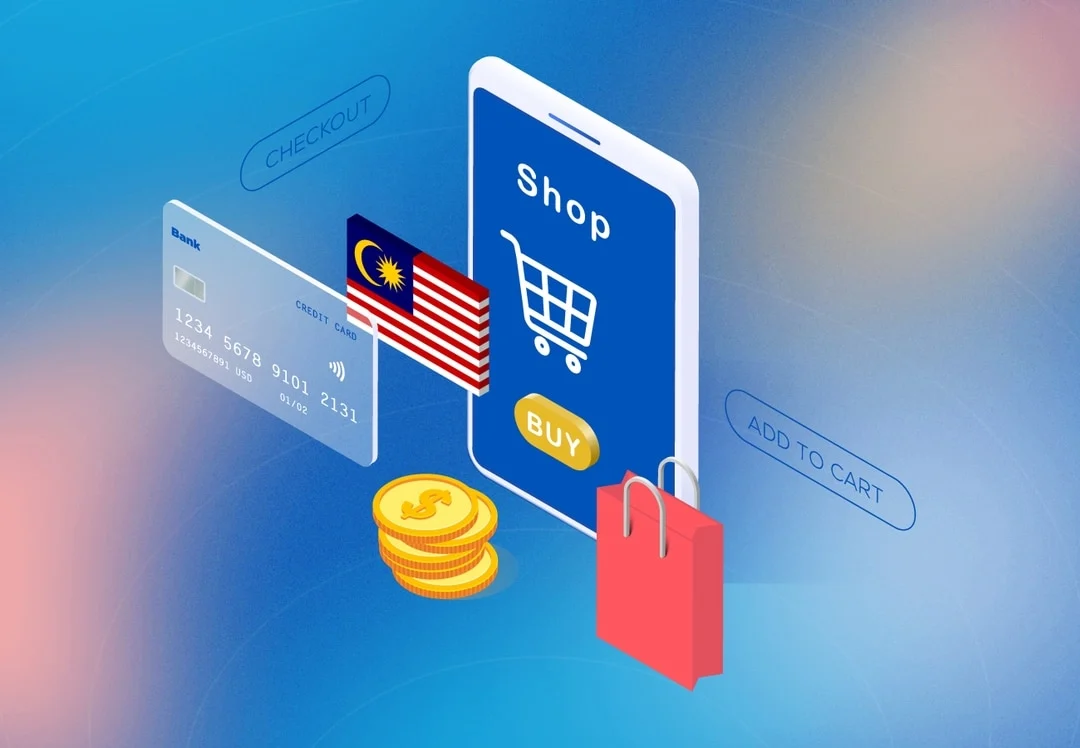AUTHOR : ANNU CHAUHAN
DATE : 17-10-2023
The world of finance and commerce[1] is rapidly evolving, and with it, the way we make payments. Malaysia[2], with its vibrant economy[3] and technological advancement[4], is no exception to this transformation. In this article, we will explore the ever-changing payment solution[5] landscape in Malaysia, highlighting its importance, evolution, and the key players shaping its future.
I. Introduction
The importance of payment solutions
Payment solutions are the lifeblood of any economy. They enable the smooth and efficient transfer of money between individuals, businesses, and financial institutions. In a modern and interconnected world, having a reliable and efficient payment system is crucial for economic growth and financial inclusion.
Malaysia’s evolving payment landscape
Malaysia has been at the forefront of adopting innovative payment solutions. As the country embraces digitalization, it’s witnessing a significant shift from traditional payment methods to more advanced and convenient options. Let’s delve deeper into this transformation.
II. Traditional Payment Methods
Before the advent of digital payment solutions, Malaysians primarily relied on traditional payment methods:
Cash transactions
Cash was, and still is, widely used for small transactions. While it’s convenient for face-to-face payments, it’s not practical for online shopping or large transactions.
Credit and debit cards
Credit and debit cards gained popularity, but not all Malaysians had access to them. Many still preferred using cash or bank transfers.
Bank transfers
Bank transfers were commonly used for business transactions, but they lacked the immediacy and convenience of digital payments.
III. Emergence of Digital Payment Solutions
In recent years, Malaysia has seen a surge in digital payment methods.
Mobile wallets
Mobile wallets like GrabPay and Boost have become household names, offering convenient cashless transactions through smartphones.
Online payment gateways
E-commerce platforms and businesses integrate online payment gateways, allowing customers to make secure online payments.
QR code payments
QR codes have simplified payments further, enabling quick and easy transactions in physical stores and online.
IV. Benefits of Payment Solutions
The adoption of digital payment solutions in Malaysia has brought several advantages:
Convenience and efficiency
Digital payments offer unparalleled convenience, allowing users to make transactions anytime, anywhere, and reducing the need to carry physical cash.
Enhanced security
With robust security measures in place, digital payments have become safer than carrying cash or using traditional cards.
Tracking and analytics
Payment solutions provide users and businesses with valuable insights and data on spending patterns, enabling better financial management.
V. Key Players in the Malaysian Payment Industry
Several players contribute to the dynamic payment landscape in Malaysia:
Top payment solution providers
Companies like Maybank, CIMB, and Public Bank offer a wide range of payment services, including e-wallets and digital banking.
Fintech companies
Fintech startups have played a significant role in driving innovation and expanding the range of payment solutions available.
Traditional banks’ involvement
Traditional banks are adapting to the digital age by offering their payment solutions and partnering with fintech companies.
VI. E-commerce and Payment Solutions
The growth of e-commerce in Malaysia has had a profound impact on payment solutions:
How e-commerce has transformed payments
E-commerce platforms have revolutionized the way Malaysians shop, with online payments becoming the norm.
Integration of payment gateways
E-commerce businesses integrate payment gateways to provide a seamless shopping experience, and secure payments are essential for building trust with customers.
VII. Challenges and Concerns
Despite the benefits, the adoption of digital payment solutions is not without its challenges:
Security issues
The rise of digital payments has attracted cybercriminals, leading to security concerns such as fraud and data breaches.
User adoption challenges
Not all Malaysians have embraced digital payments, and there’s a learning curve for some, especially among older generations.
Regulatory changes
The government and regulatory bodies are continuously adapting to the evolving landscape, introducing new rules and standards.
VIII. The Future of Payment Solutions in Malaysia
As technology continues to advance, the payment solution landscape in Malaysia will evolve:
Predictions and trends
Contactless payments, biometrics, and blockchain are expected to shape the future of payments.
Advancements in technology
Innovations such as real-time payments and peer-to-peer transfers will make financial transactions even more convenient.
IX. Conclusion
In conclusion, payment solutions have come a long way in Malaysia, transforming the way individuals and businesses handle their finances. As the country continues to embrace digitalization, the payment landscape will undoubtedly become even more diverse and sophisticated.
X. Frequently Asked Questions (FAQs)
- What are the popular payment solutions in Malaysia?
Malaysia’s popular payment solutions include mobile wallets like GrabPay and Boost, credit and debit card payments, and online payment gateways offered by banks and fintech companies. - How secure are digital payment methods in the country?
Digital payment methods in Malaysia are generally secure, with robust security measures, encryption, and fraud detection systems in place. However, users should still practice caution and follow the best security practices. - Can traditional businesses easily transition to digital payment systems?
Traditional businesses can transition to digital payment systems, but they may face challenges in terms of technology adoption and customer education. Many businesses are, however, successfully making the transition to stay competitive. - Are there any regulatory hurdles for payment solution providers?
Payment solution providers must adhere to regulatory requirements set by the central bank and relevant authorities. Compliance with these regulations is crucial to operating in the Malaysian market. - How will emerging technologies shape the future of payments in Malaysia?
Emerging technologies like contactless payments, biometrics, and blockchain are expected to enhance the payment experience, making it more convenient, secure, and efficient for Malaysians.





